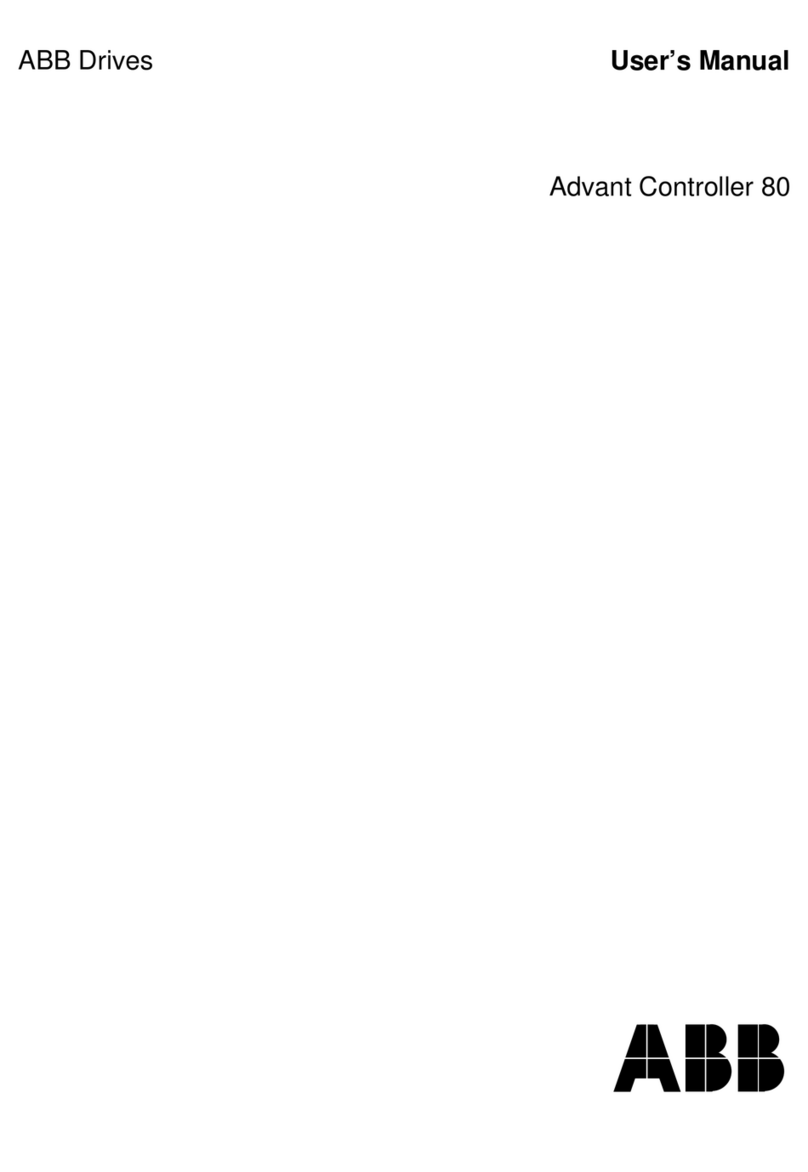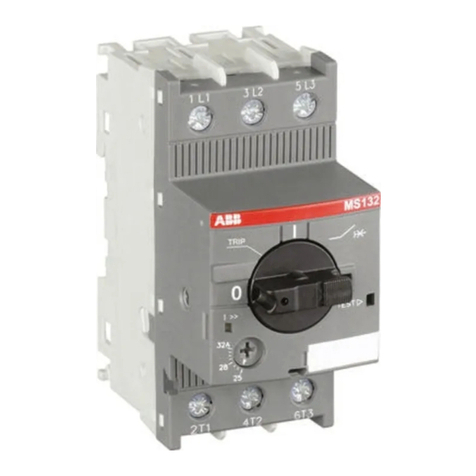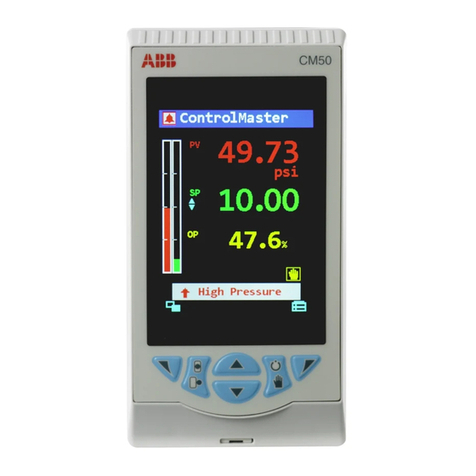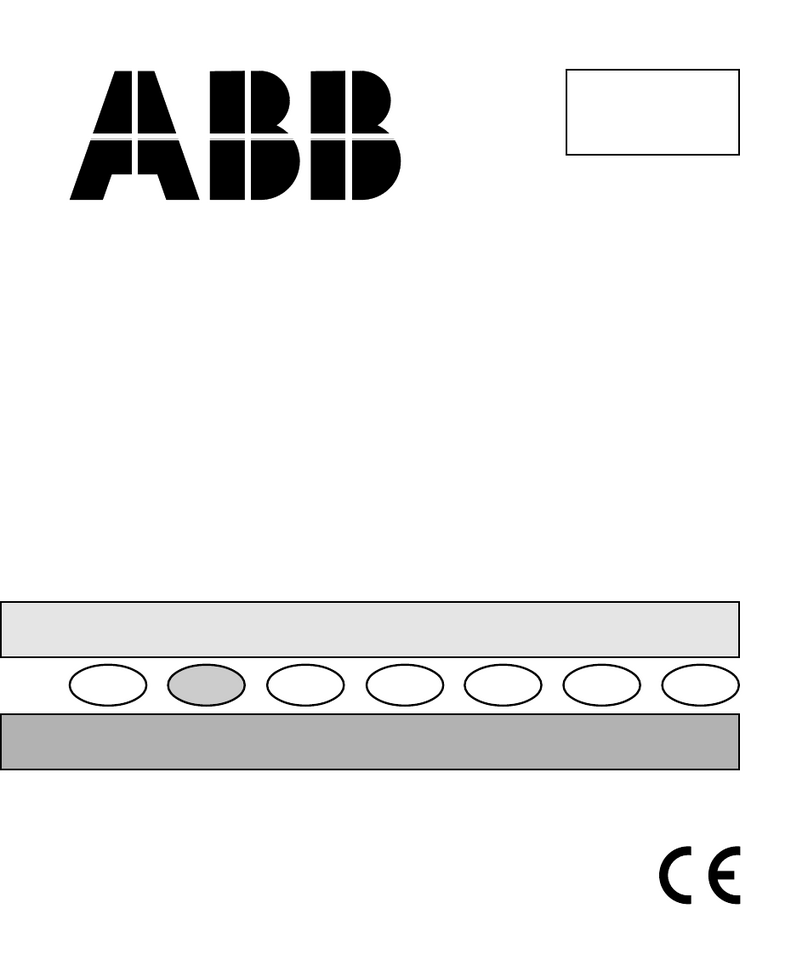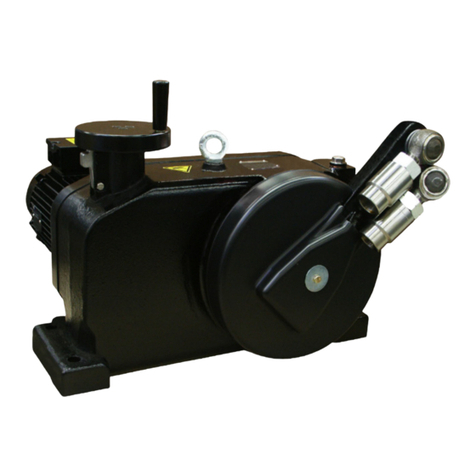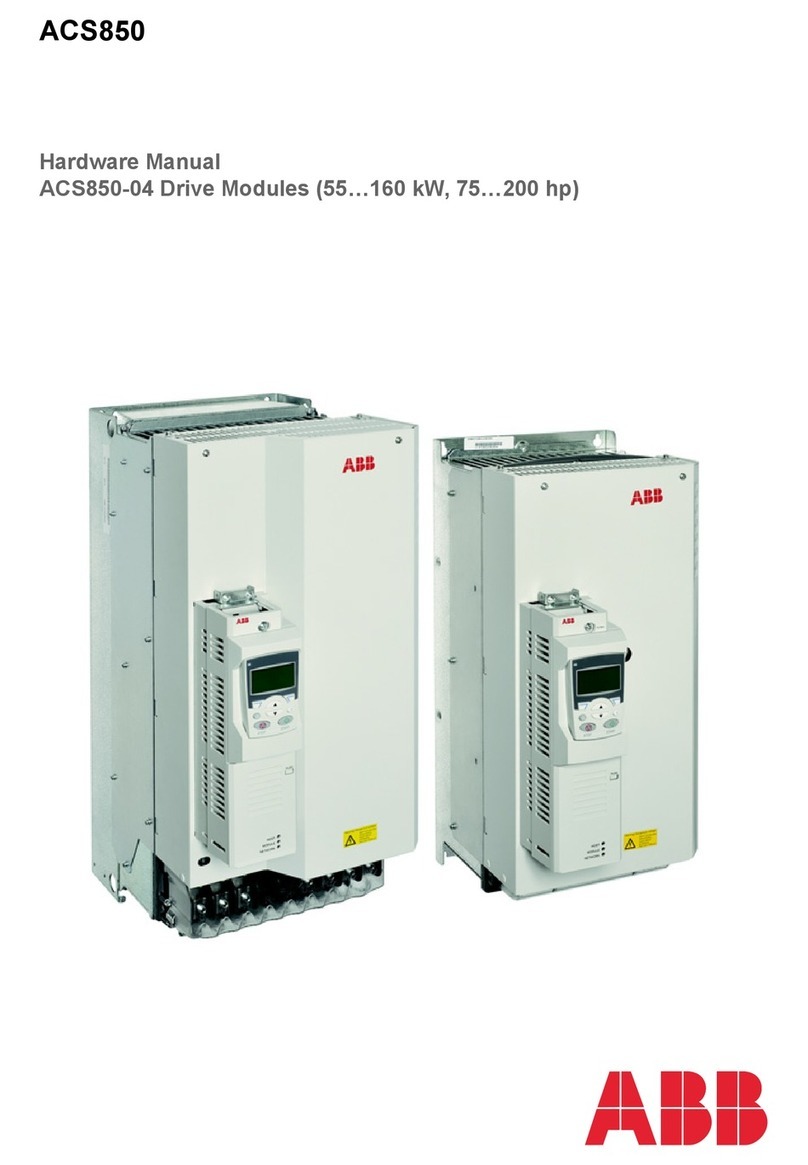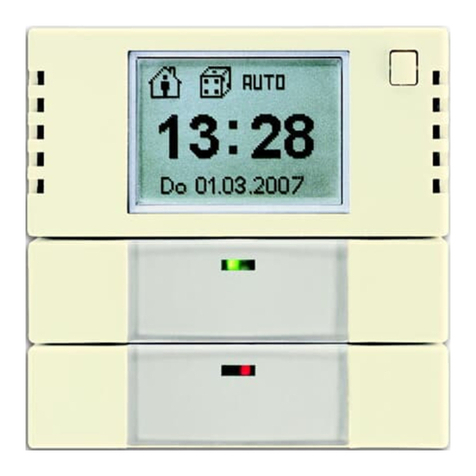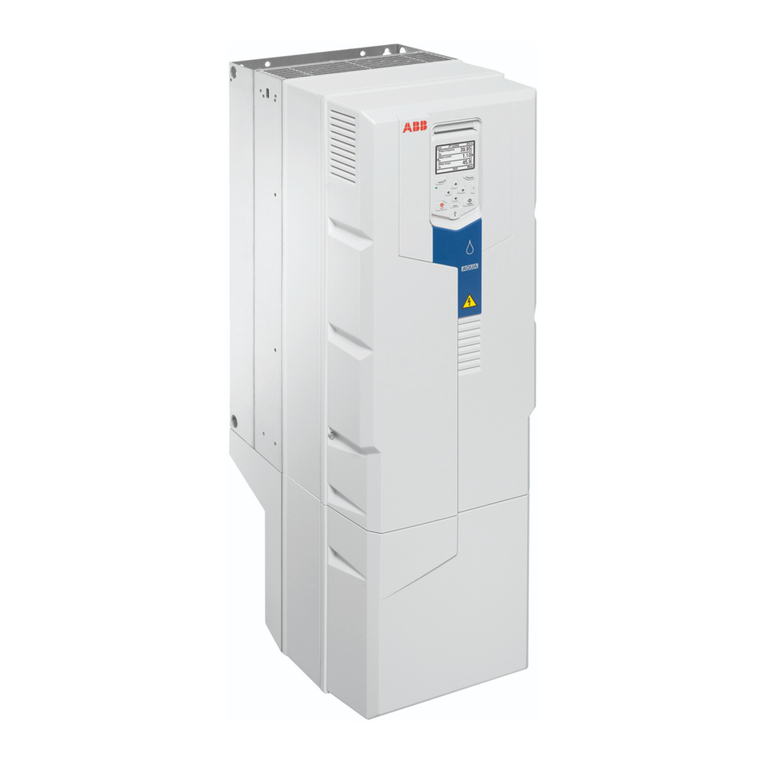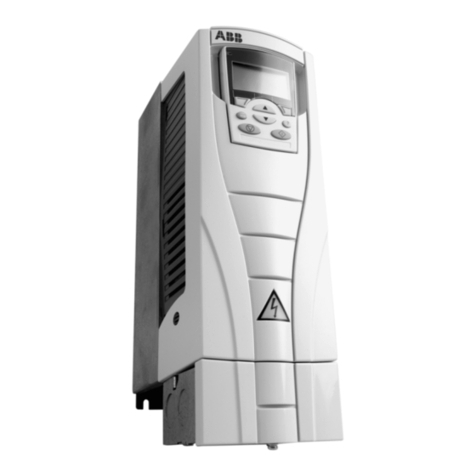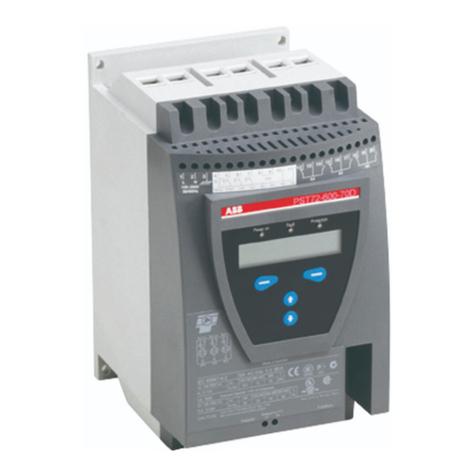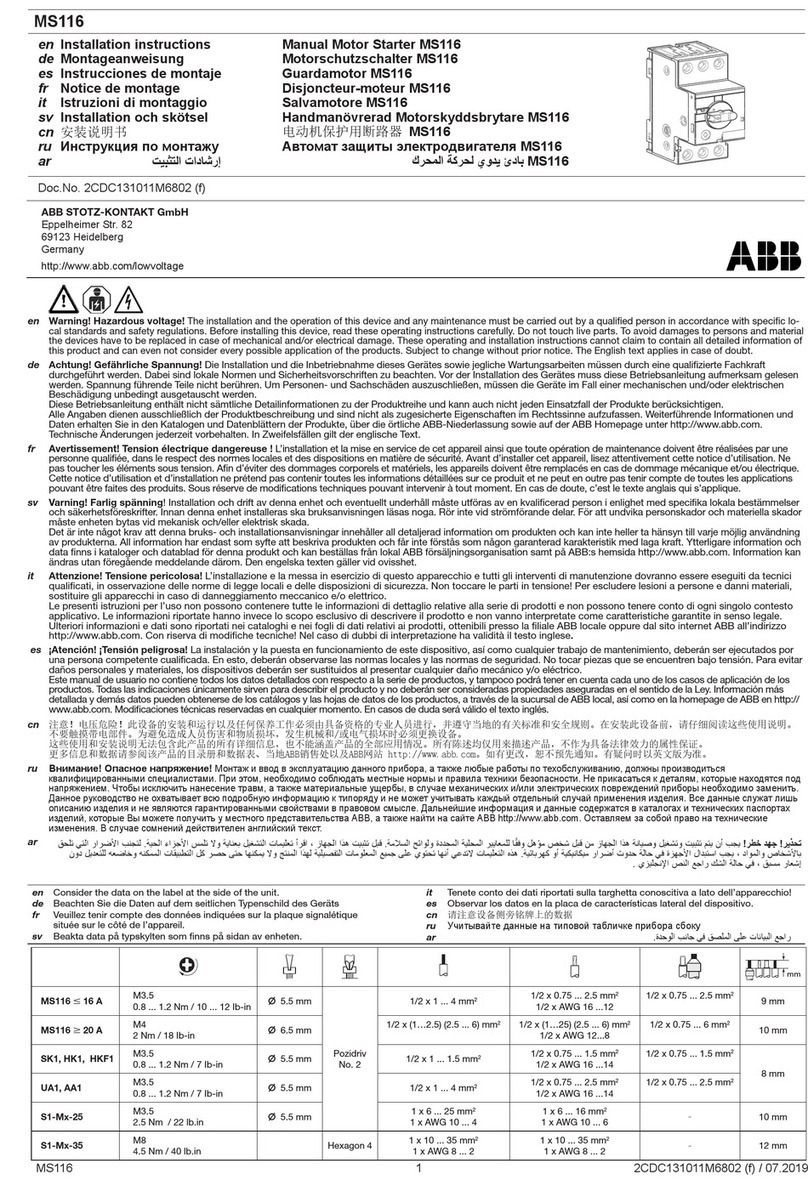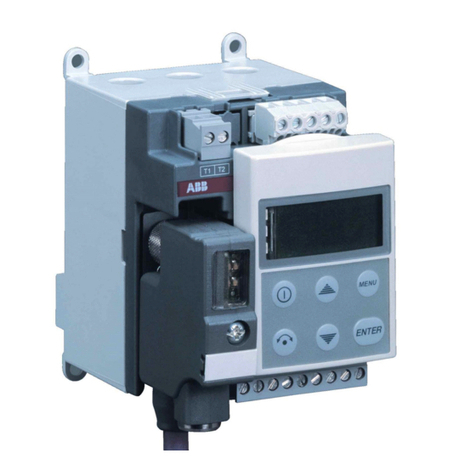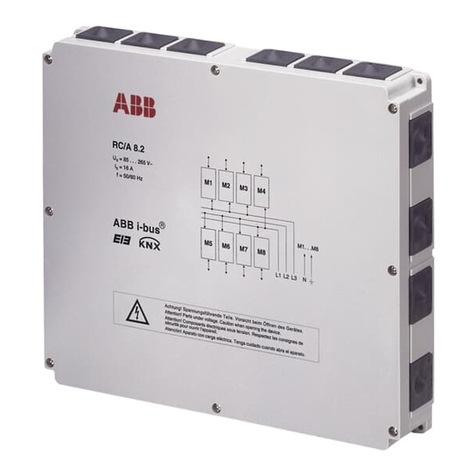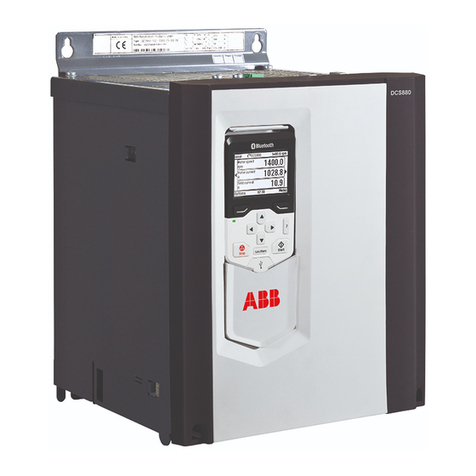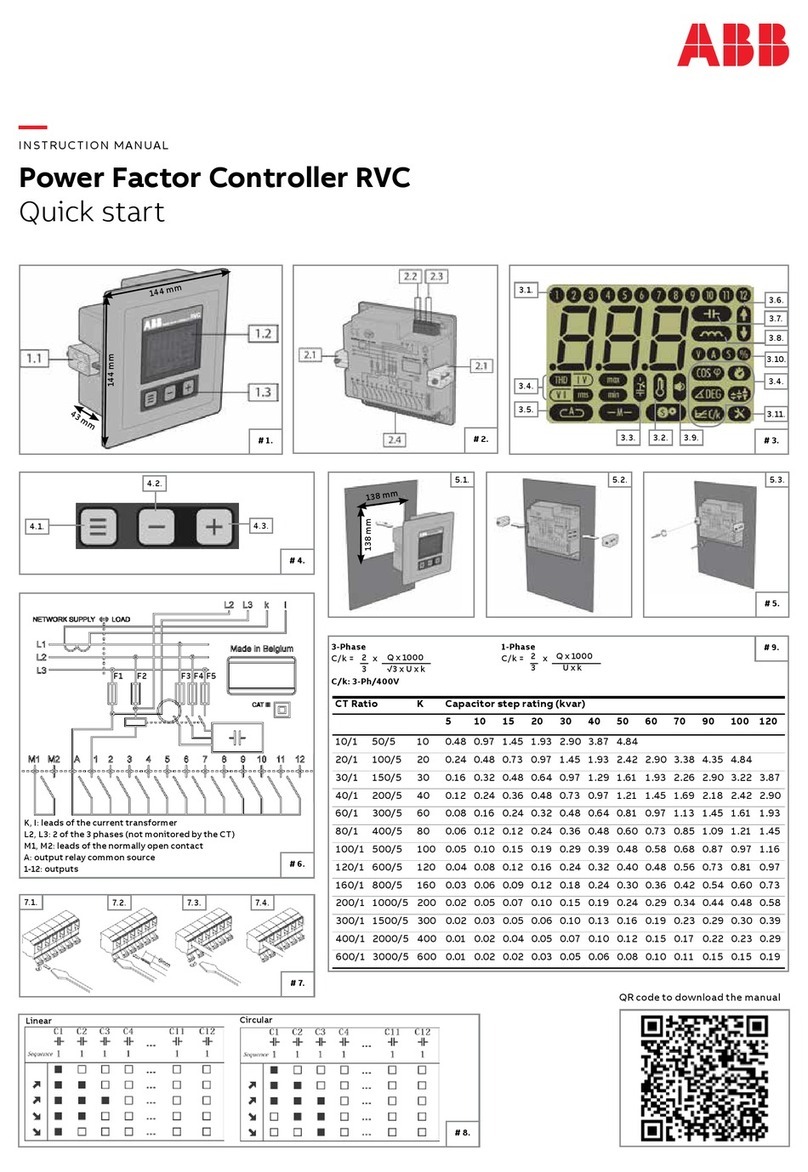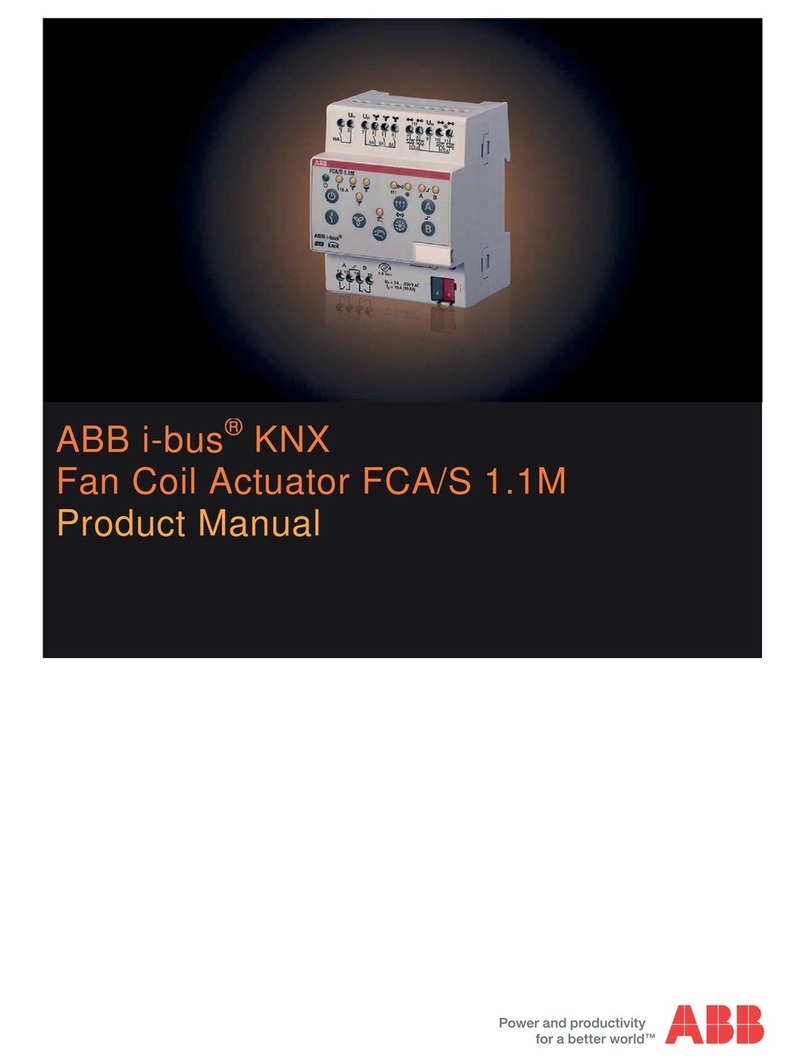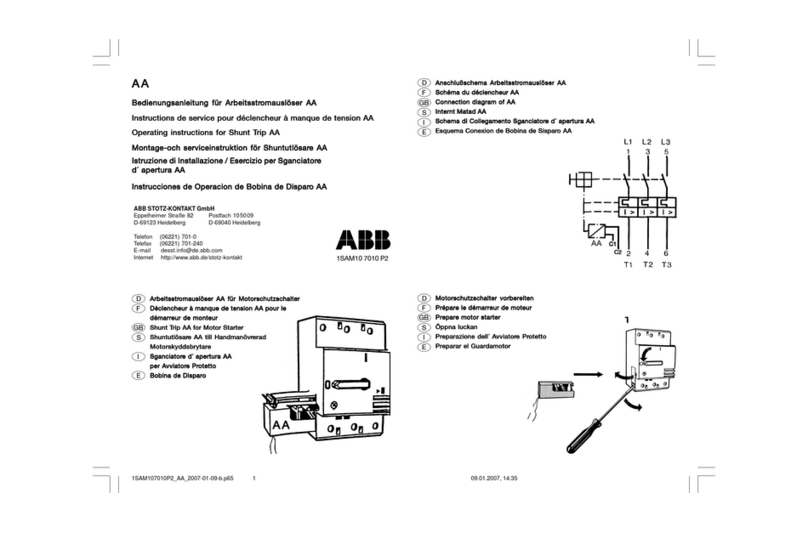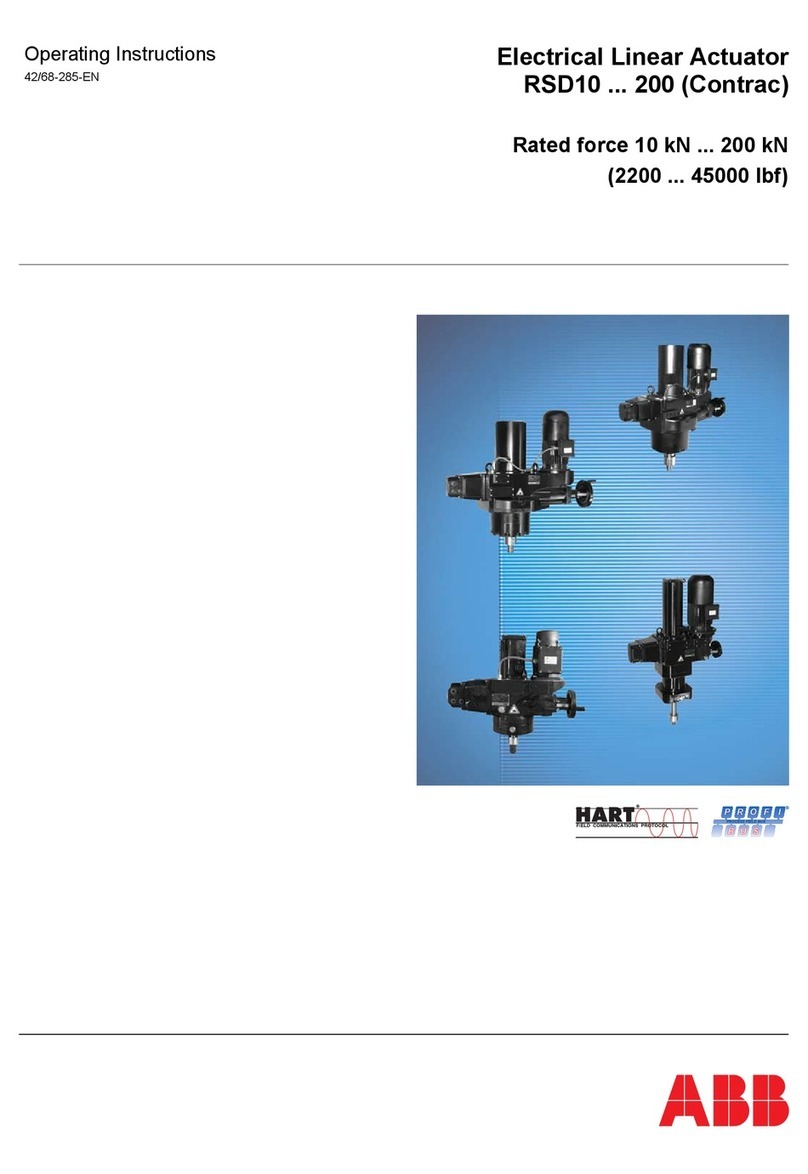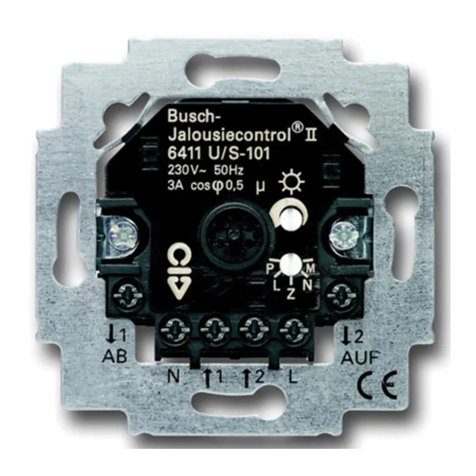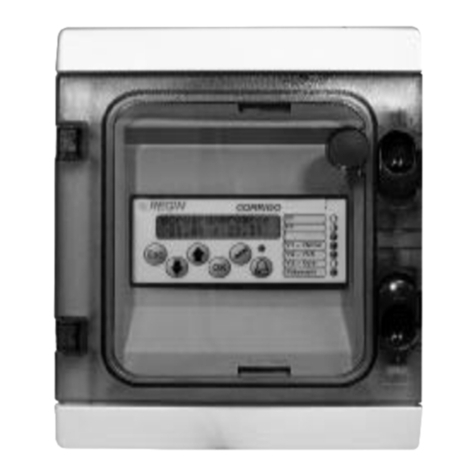
Table of contents
2REF601 / REJ601 / REM601
Application Manual
4.2 Earth Fault Protection................................................................................... 17
4.2.1 Functionality ............................................................................................ 17
4.2.2 Principle of Operation.............................................................................. 17
4.2.3 Setting range of Earth fault Overcurrent Protection................................ 18
4.3 Three Phase Inrush Detector ............................. Error! Bookmark not defined.
4.4 Negative-sequence overcurrent protection .................................................. 18
4.4.1 Functionality ............................................................................................ 18
4.4.2 Principle of Operation.............................................................................. 19
4.5 Phase discontinuity protection ..................................................................... 19
4.5.1 Functionality ............................................................................................ 19
4.5.2 Principle of Operation.............................................................................. 19
4.6 Circuit breaker failure protection .................................................................. 20
4.6.1 Functionality ............................................................................................ 20
4.6.2 Principle of Operation.............................................................................. 20
4.7 Setting groups .............................................................................................. 22
4.8 Auto-reclose function.................................................................................... 22
4.8.1 Functionality ............................................................................................ 22
4.8.2 Principle of operation .............................................................................. 23
4.9 Thermal overload protection ........................................................................ 26
4.9.1 Functionality ............................................................................................ 26
4.9.2 Principle of operation .............................................................................. 26
4.10 Protection characteristics ............................................................................. 33
4.10.1 Time / Current characteristics ................................................................. 36
4.10.2 IEC 60255-3 IDMT characteristic............................................................ 36
4.10.3 ANSI C37.112 IDMT characteristic ......................................................... 37
4.10.4 RI type characteristic............................................................................... 38
4.11 Configurable Binary Outputs ........................................................................ 38
4.12 Configurable LED ......................................................................................... 40
4.13 Configurable Binary Inputs........................................................................... 41
